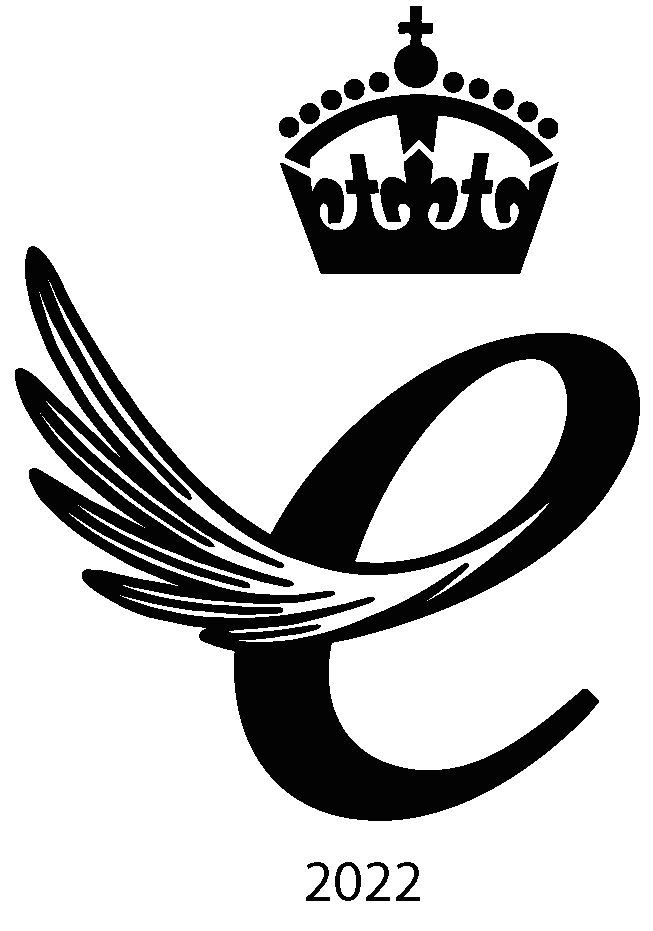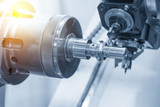How to Remove Bearing Seals and Shields Without Causing Damage To The Bearing
Bearing seals and shields have an important role to play in protecting your bearings from dust and other contaminants. In general, sealed bearings are used when there is a large presence of contaminants and/or moisture in the application environment. The seals create an extremely tight seal that keeps contaminants from entering and damaging the bearing. Shields tend to be used in environments in which contaminants are present but where moisture isn’t a factor. We have previously discussed thebenefits of bearings and shields, but we’ve yet to write on how to remove them.
In this guide on how to remove a bearing seal without any damage to the bearing, we’ll explore how you can safely remove both seals and shields. We will show you the tools that you need, as well as explaining why removing the seals this way is so vital.
How to Remove Seals and Shields Safely
Now that you know why you may need to remove seals and shields, we will examine the steps that you need to take to remove them safely. When you’re ready to get started, read on.
How to Remove a Bearing Seal Safely
The first step to removing a bearing seal safely is to ensure that you have the right tools on hand. You will need a bearing seal removal tool that is thin enough to slip under the seal’s edge. Trace the tool around the inside of the bearing until you find the outer race, then slip the tool underneath the edge of the seal. You should then gently pry the seal loose, ensuring that it does not deform or break and that no damage is done to the bearing.
Removing the seal this way will allow you to access the cage and rolling elements inside the bearing, and allow for you to replace the undamaged seal afterwards without compromising your bearing’s functionality.

How to Remove a Bearing Shield Safely
As with removing a bearing seal, you will need a specialised bearing shield removal tool to remove a shield safely. The approach to removing shields is slightly different depending on whether or not the shield is attached with a C-clip or if it is fixed.
How to Remove a Bearing Shield Attached With a C-Clip
If your bearing shield is attached with a c-clip, you’ll need to remove the clip before you can take the shield off. Using a bearing shield removal tool or an awl, find the end of the c-clip by tracing the tool around the inside edge of the outer race. You then need to gently pry out the clip, taking care not to damage the bearing race.
Once you have removed the clip, you can pry the shield out of the bearing with the same tool that you used to remove the clip.
Removing a Fixed Bearing Shield
Removing a fixed shield from a bearing without damaging the shield is generally not possible. Once removed, the shield can’t be put back or used again. You can, however, remove the should without causing damage to the bearing if you need access to inside the bearing for maintenance.
If you need to remove a fixed bearing shield, you will need to use a sharp tool to pierce a small hole in the shield, then, using the same tool, lever the shield out of the bearing.
Why Removing Bearing Seals and Shields Without Damage Matters
It may seem like a lot of work to remove the seals and shields from your various bearings correctly, but knowing how to do so is of vital importance. Firstly, there is the matter of protection - if you damage your bearing seal during removal, it compromises the integrity of the seal and its ability to retain lubrication and prevent contamination. If you damage the seal, you will likely need to purchase a new bearing, which can impact operating costs and maintenance time.
In certain applications, being able to remove a bearing seal without damaging it will allow it to be reused.

Now You Know How to Remove Bearing Seals and Shields Without Damage
We hope that this guide on how to remove bearing seals and shields without causing damage has been helpful. If you would like to learn more about the technical sides of working with bearings, why not explore our guide on how to correctly mount and dismount them?
At Quality Bearings, we offer many different types, sizes and styles of bearings, as well as lubricants and other essential products. If you have any questions related to bearings or our other products, please don’t hesitate to contact us and one of our friendly team will be happy to help you.
Contact Us
Recent Posts
-
Top 8 Reasons Why Spindle Bearings Fail in CNC Machines
Spindle bearing failure in CNC machines can be extremely frustrating, as it can result in unexpected …1st Dec 2025 -
A Step-By-Step Guide To Fitting Bearings Properly
Bearings are the critical parts of countless mechanical applications, from the wheels on cars to the …14th Nov 2025 -
Understanding Which Bearings To Use For Each Type of CNC Machine
In today’s advanced manufacturing landscape, CNC machines – whether for milling, drilling, grinding, …28th Oct 2025











